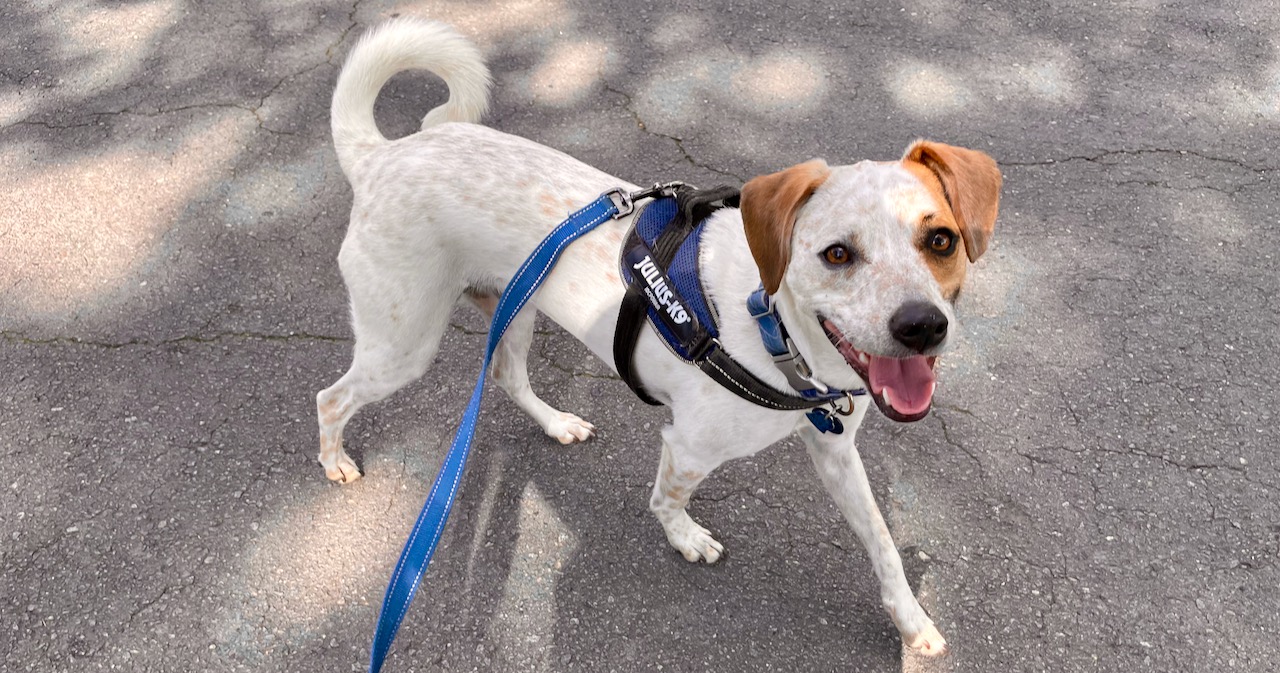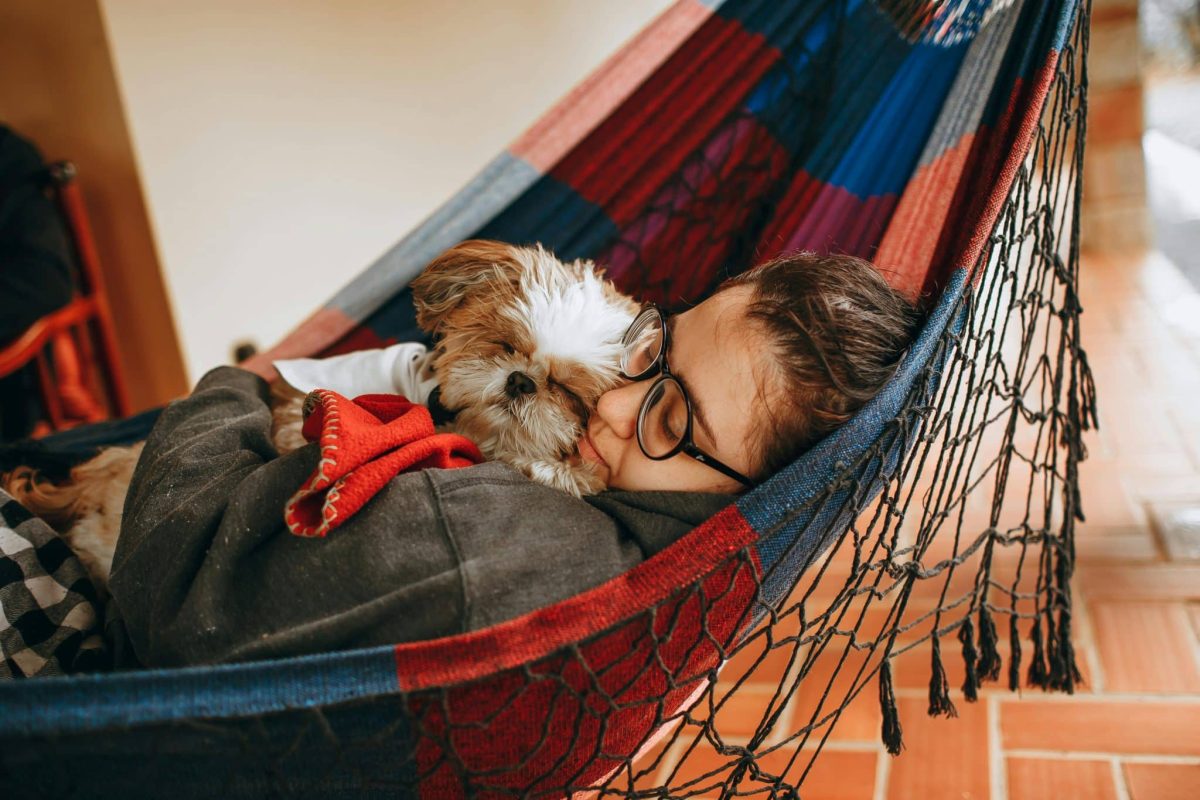I just read this article called “Why Treat Training Doesn’t Work.” What a clickable title. Way to go, author. Now let’s see what your qualifications and support for that claim are.
No qualifications listed. Not even a name.
No support for their claims except they took a class once.
Yet this person feels confident opining against well-founded science and countless successful positive reinforcement-based trainers at all levels. Hmmmm.
I won’t link to it. Articles like this are a dime a dozen. But this one is especially egregious. I’m going to counter it with some information that is stronger than one anonymous person’s uninformed opinion.
By the way, turn your scrutiny on me. What are my credentials to talk about this? They might seem thin at first glance. I’ve trained five dogs, while pro trainers have trained hundreds. I’ve assisted with a couple of agility classes, so I’ve helped with perhaps a dozen more dogs besides my own. My hands-on experience is far less than that of a professional.
I did title two dogs in agility, though, in extremely distracting competition environments. Reactive Summer and friendly Zani ignored other dogs, people, concession stands, and livestock smells—off leash. I used “treat training” and made the agility game totally engaging and fun for them.
But you know what’s more important? I stand on the shoulders of giants. I’m a writer, and one of my jobs is to help experts explain things they know. I gobble up what those experts have to say. I have everything I write about training vetted by professional trainers. And trainers, vets, vet behaviorists, and other educators around the globe use my educational materials. I’m transparent about my skills and values. You can trust me more than the person who didn’t even sign their name to their article.
“Treat Training”
First, let’s quickly address the term “treat training.” It’s a denigrating term for training with positive reinforcement using food. It’s used to try to make the process sound silly and inconsequential. However, positive reinforcement training with food is a mind-blowingly powerful method.
But when I repeat the article’s claim that “treat training” doesn’t work, I’m going to stick with that term. By definition, “positive reinforcement training” always works. Behavior increase is included in the definition. If your training process didn’t “work,” then positive reinforcement didn’t happen, or it didn’t happen to the behavior you intended.
Why Does the Article Claim “Treat Training” Doesn’t Work?
The claims:
• “Treats won’t train your dog around major distractions. Say another dog that wants to play, a squirrel running through the yard, or the mailman ringing the doorbell.”
• “[Treats work] only when I have a high-valued treat in my hand.”
• “Treat training is great when there are NO distractions around you.”
• “The fact is, that treat (sic), no matter how high-value it is, will lose the battle of squirrel vs. treat. Another dog vs. treat, the other dog is the winner.”
Sorry, folks. All the issues listed above happen only with unskilled training. They are newbie errors.
The claims in the article also include a couple more of force training’s greatest hits. Things like implying your dog will get fat from all the treats. Oh yeah, and that positive reinforcement-based training is popular because people are afraid to discipline their dogs. Yawn.
Note the quoted statements don’t address “why” at all. The author doesn’t know why their training failed, so they blamed it on “treat training.”
What Does the Author Suggest?
Surprise! The author recommends balanced training because, supposedly, your dog will listen to you even when there are distractions. Also, you don’t have to carry treats all the time, and supposedly the dog will be happy because he “knows what you expect of him.”
The author also implies you can get the needed results with “one good correction.” But if you think you can punish out of existence a dog’s strong behavior with “one good correction,” you are mistaken. Have you ever heard someone say anything like the following? “Brutus pulled on leash, but I gave him a leash pop and he has never done it again.” I didn’t think so.
This “solution” of using corrections to fix such elementary trainer errors is ridiculously wrong. It would be laughable if it weren’t tragically unfair to the dog.
When Might “Treat Training” Not Work?
This question is so easy to answer. There are two reasons that cover most cases. One is that the dog is too scared or excited to learn what we want them to learn. But that doesn’t sound like the problem described. The second reason fits: the trainer is making mistakes.
What the author has described in their ignorance are beginner errors.
How about their claim that “treat training” works only if you have a high value treat in your hand? This is a newbie error. If you wave a treat at your dog when you ask them to do something, guess what? It becomes part of the cue. Then when you stop waving the treat, the dog doesn’t see the whole picture. “Where’s the treat? She must not mean it.” This is an elementary mistake, an easy one to make, and one that practically any positive reinforcement-based trainer could help you fix very, very quickly.
I’m going to defer to more experienced trainers to tell you how.
Here’s a great blog post by Dr. Jen Summerfield that has good instructions for fixing the “I have to see the food” error: Show Me the Money: Why Your Dog Doesn’t Listen Unless You’re Holding Food.
And here’s a Whole Dog Journal article that addresses the more general challenge of teaching a dog to perform a behavior in many different situations and environments. It also includes a section on how to fade a food lure out of the picture: Fluency and Generalization in Dog Training.
Another claim is that treats won’t stand up to squirrels, dogs, or other distractions. It sounds persuasive to say a single treat won’t stand up to the allure of a squirrel to a prey-driven dog. That’s because it’s probably true for a single treat. If I decide to start “treat training” and I wave a piece of kibble at my dog as she is zeroing in on a squirrel, I won’t get very far.
It’s not the one piece of food I have in the moment that will override something exciting in the environment. What enables people to call dogs off squirrels or other enticing triggers is a reinforcement history. If I create a consistent pattern of fabulous things happening when my dog comes to me—steak, salmon treats, her favorite game—then coming to me will become more and more automatic. I can start with simple situations and work up to the challenge of a prey animal or whatever the dog might lock onto.
Here is a video of my two-year-old dog, Lewis, coming when I call him away from the fence where he is barking at the neighbor. This is a huge distraction. And his neighbor dog friends were there, too. Lewis is sociable, curious, and gets over-aroused easily. But he came unhesitatingly away from this big distraction when I called him. Twice! (After that I took him into the house. We have great neighbors, and they like Lewis, but no one enjoys being barked at that much!)
Learning is a gradual process. We don’t ask kindergarteners to take graduate exams. But we can build on a series of small successes to achieve robust and consistent behaviors, and have fun doing it.
More Recalls Trained with Positive Reinforcement
Coming when called is a behavior that can demonstrate a dog overcoming all sorts of distractions. So here are a few short, fun videos.
Recalls by three of my other dogs, past and present. These recalls don’t have huge distractions involved, but they have distance and two hallmarks of behaviors trained with positive reinforcement: low latency and high enthusiasm.
Debbie Jacobs’ four dogs come when called from out of sight in a snowy woods walk. If you are looking for impressive, here it is. There’s also a joke about the cue she is using, but that’s a discussion for another time.
Marge Rogers’ Rhodesian Ridgeback recalls away from a plate of yummy food. This one is a knockout, too.
Lisa Waggoner’s Cailie demonstrates an impressive Rocket Recall. Check out that distance! And see Lisa’s book below for how to teach it!
Closing Thoughts
There are plenty of difficult dogs and training challenges in the world. I don’t mean to imply that training, even with positive reinforcement, is always easy. The point is that the criticisms in this article, and many others, are ignorant. They are not valid critiques, just bad-faith smears.
If you are interested in using positive reinforcement to train behaviors to fluency step by step, here are some great books.

Training Levels: Steps to Success by Sue Ailsby

Level Up Your Dog Training by Natalie Bridger Watson

Rocket Recall: Teach Your Dog to Come by Lisa Lyle Waggoner
These books have something crucial in common: they all give clear, step-by-step instructions for training behaviors and generalizing them. In other words, they help the student who wants to train their dog well and kindly to do so while avoiding the pitfalls described in silly online articles.
Related Posts
Zen Generalization: Hole in the Fence
Teaching a Dog to Station While Another Dog Works
Copyright 2023 Eileen Anderson




